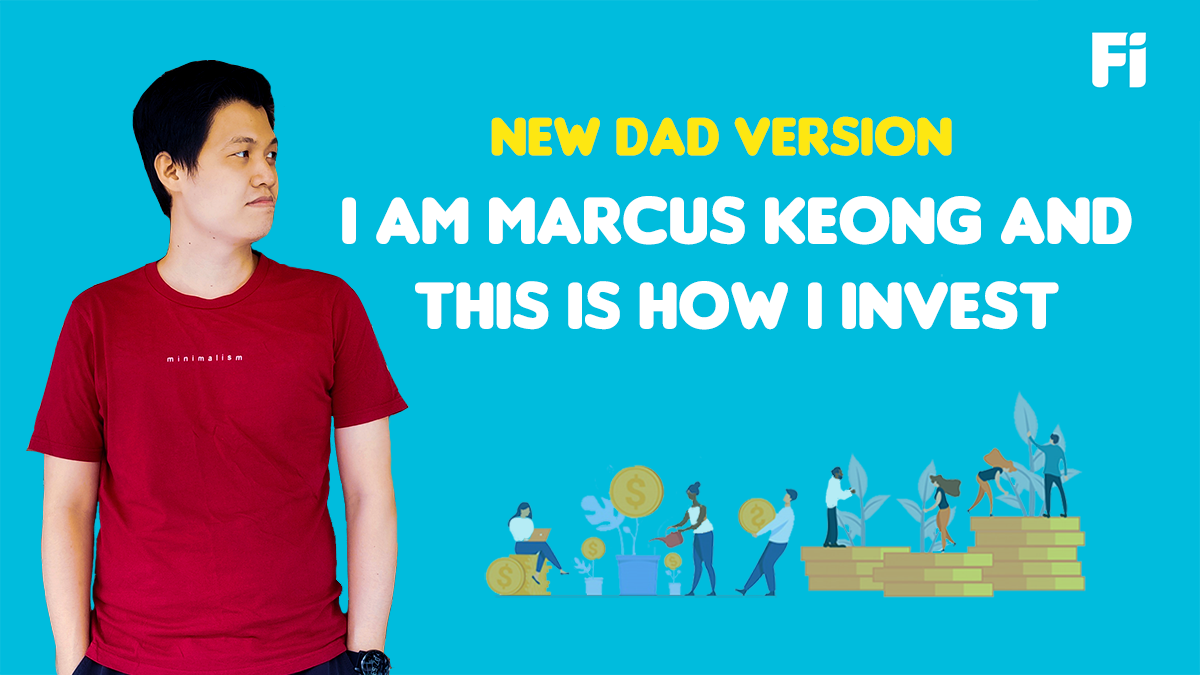
I am Marcus Keong, I am...
known as one of the Malaysian Finance Bloggers. While working as a full-time software engineer, I enjoy writing blog articles and creating Instagram content during my free time. Ever since I started investing in stocks in 2019, I find learning about the stock market, business and financial statements very intriguing. Hence I started my personal finance blog to talk about stock investing and personal finance. My goal is to help Malaysians learn how to start investing in stocks and eventually achieve financial independence.
1. What is your best investment and worst investment?When it comes to investment, I’m a stock guy more than a property guy. Learning how to invest in stocks is my best investment so far, since then, I gained a huge boost of confidence to manage my finances.
I spent some money buying books on stock investing and dedicated time to read and apply the theories in the real market. Investing in ourselves in terms of knowledge will never be a bad investment.
Before I invested in stocks, I was an avid gamer who spent lots of time and (luckily) a few bucks in various games. It took me 2 decades (until I’m 28) to realise that gaming is a waste of time. You may argue that some people could earn a living from playing games, but very few can do that.
Besides, it contributes nothing to the community except entertainment. I am not saying that gaming is entirely bad, in fact, it improves cognition and problem-solving skills. But in my case, the time spent on playing games is my worst investment so far.
2. What was your first-ever investment (and how did that go)?My first ever investment is a stock that every Malaysian would know - AirAsia. We tend to buy the companies we are familiar with during the start of our stock investing journey.
I bought AirAsia at RM2.85 when it’s 2018 Q4 result was announced. Right after I bought it, my friend advised that airline stocks have high risk and I regretted it. With its profit loss result, the stock price swung between RM2.40 to RM2.70 and I couldn’t sell it for a profit. So I bought the stock again at RM2.64 to average out my share price.
In July 2019, AirAsia announced a whooping 90 cents dividend per share. Right after that announcement, I managed to sell all of my shares at RM3 when the share price spikes. I am fortunate to unexpectedly earn a profit of RM1,600 from this transaction.
3. Your investment no-nos (why not and what happened)Just like many beginners, I was attracted to stock tips and short term trading that promise quick profits. However after the long run, I paid for a lesson and I vowed not to touch any speculation derivatives such as options and warrants, no matter how attractive the returns are. In fact, they are not even an asset to invest in.
Apart from this, I also learn to distance myself from investment news and over-checking the stock price. When we look at the share price and news every day, we will get influenced easily. Lesson learned when I lost money through selling during the market crash, due to my emotions.
4. What are you investing for?While doing my “research” on the Internet about stock investing, I happen to learn about financial independence. It is reaching a stage in life where we have the option of not working for money anymore as we are able to live off our passive income.
This is why I am so passionate about investing so I can achieve the goal of being financially independent. With more time on hand, I get to spend more time with my family and loved ones. I am sharing my journey through my blog, hoping that more Malaysians can be motivated to start investing as well.
5. Marcus’ investment philosophy and approachAlways Invest for the Long Term. Long Term, I mean at least 5 years. If you invest in a property, you would probably hold it for years. But why do stock investors always buy and sell stocks within months or weeks? We should treat stock investing like planting a tree and watch it grow over the years.
With this mindset, I always do a thorough study on a company that I wish to invest in. Once I invest my money, I will hold for at least 5 years or if possible, hold it forever. Of course, there are exceptions such as when the company changes sectors or management turns bad. Another approach I like is to keep it simple. Don’t invest in too many asset classes or investment platforms just for the sake of diversification. When you diversify too much, you can hardly manage all of them and it becomes diworsification (diversify + worse). So just choose a few asset classes that you are comfortable with and stick to them. Don’t always chase for the highest returns.
Follow Marcus-
Website, Facebook, Instagram, Twitter
About “This is How I Invest” - This is the last episode of season 1. As Fi Life’s motto is “Buy Term (Term Life Insurance) & Invest the Rest”, this series features how different personalities “Invest the Rest.”
Subscribe to our newsletter for more content on Personal Finance and Investment.
